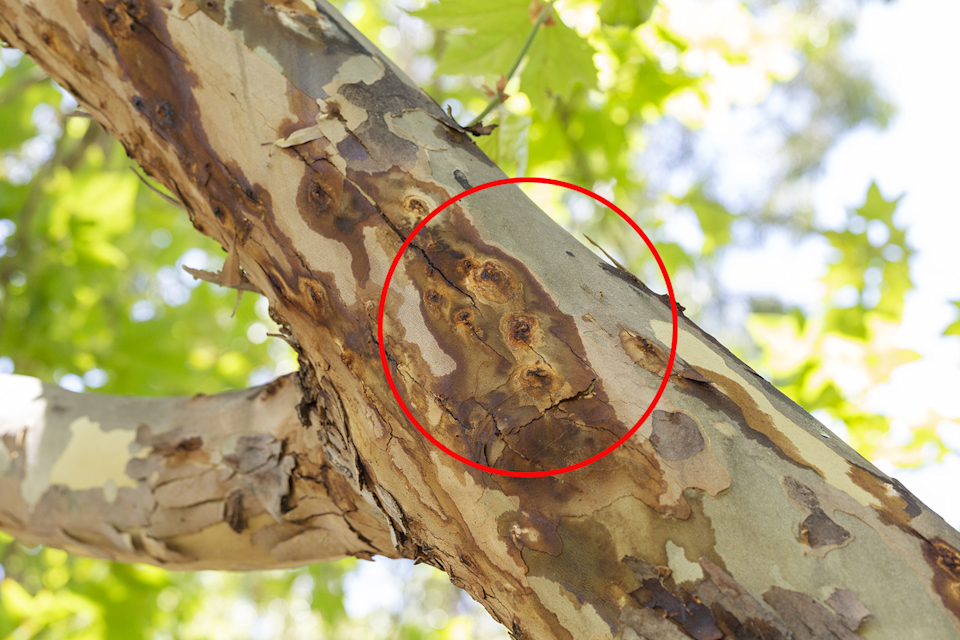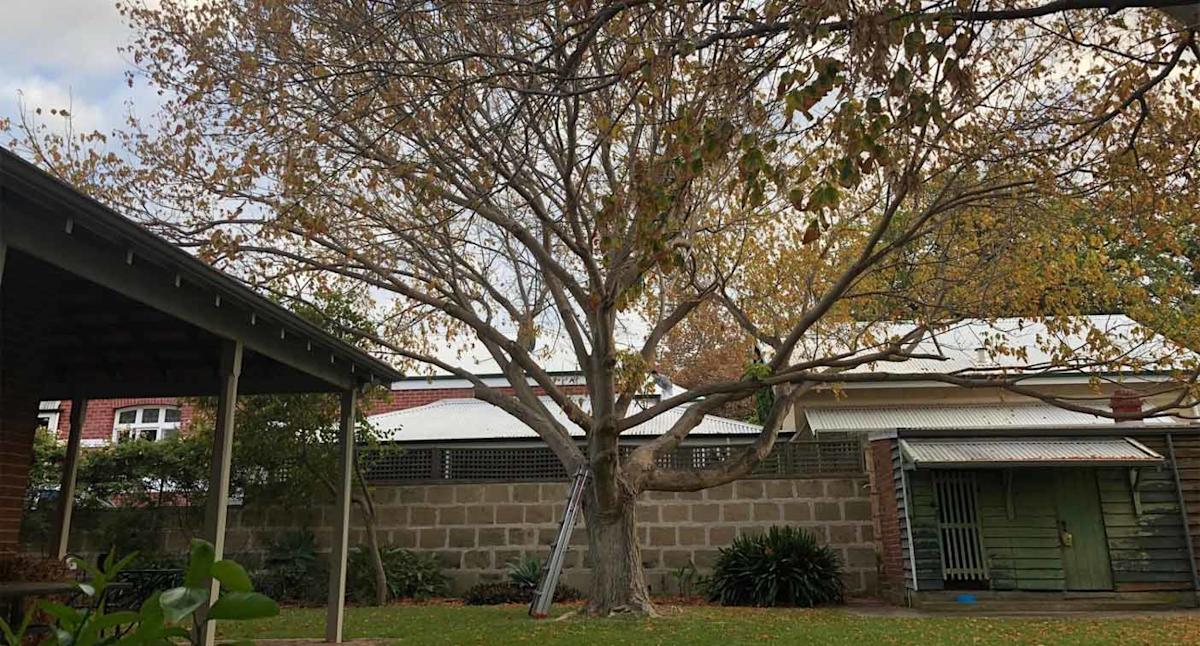Tens of thousands of Australians are expected to cash in over the next four years by making a simple change in their own backyards.
Two separate initiatives will kick off this week, offering cash rebates of up to $150 for simply planting native trees in their gardens.
Over the next four years, West Australians can access the “treebate” program, a $6.9 million initiative open to all residents over 18 years old in the state.
It comes as authorities scramble to recover tree canopies after an invasive pest known as the polyphagous shot-hole borer caused over 4,500 trees in Perth to be destroyed.
“Everything we can do to enhance and plant more trees across Perth, and our entire state, will unlock a range of social, economic and environmental benefits for the entire community,” WA Environment Minister Matthew Swinbourn said on Saturday.
“The planting of thousands of trees under these two programs will build on the State Government’s urban greening initiatives, creating communities that are greener, healthier and more liveable.”

Telltale signs of the shot-hole border, including small, bullet-like burrows. The invasive pest is impacting the state’s tree canopy. Source: The City of Vincent
What are the two initiatives for Aussie gardeners?
There are two separate initiatives that Aussies can get involved in to access the $150 in funding. The first is the “Treebate Program”, a $6.9 million initiative that is open to all residents in the state, aimed at boosting the state’s tree canopy and improving native biodiversity in the region.
The second is known as the WA Tree Recovery Program, which is aimed at residents who lost trees to the invasive beetle in the state.
Eligible landowners can claim up to $150 for every tree removed under the authorisation of the Department of Primary Industries and Regional Development because of PSHB.
“All these measures will help increase urban canopy, protect biodiversity and cool our suburbs,” Planning and Lands Minister John Carey said.
Both rebates can be claimed via the ServiceWA app from Monday, 28 July.
Why is the invasive shot-hole borer so destructive?
The shot-hole borer is regarded as one of the worst-known tree killers on the planet, due to its unique biology, ability to spread rapidly, and its devastating impact on both urban and natural ecosystems.
In June, the federal government admitted it had lost the multimillion-dollar battle to eliminate the bug in Western Australia.
The tiny beetle, which originally stems from Southeast Asia, was detected in Australia for the first time just four years ago. So far, it’s infested over 4,500 trees in Perth, including 20 historic figs that were turned to mulch.
While the beetle doesn’t eat the wood, it introduces a type of fungus that it feeds on. The fungus blocks the tree’s vascular system, causing dieback and often death. It can destroy over 100 different types of trees — including many Australian natives and popular trees like avocados, figs and maples.
So far, the shot-hole borer has only been detected in Western Australia, but South Australia, in particular, is on high alert. Authorities are currently conducting a surveillance of some 500 sites across the state, including in Adelaide’s metro area, to check for infestations.
Arborists and botanists across the country are on high alert, as they say if infestations make their way to other cities, the result could be catastrophic.
“We’ve been assuming it’s going to be coming any day for a year or two now. We’re working on the assumption that it could be tomorrow,” Sydney Royal Botanic Gardens’ Professor Brett Summerell previously said.
Quiet shift away from traditional ornamental gardens
Aussies are increasingly opting for native gardens, in a big shift away from traditional English ornamental plants, many of which are now deemed invasive weeds.
Environmental educator Clancy Lester previously told Yahoo News there are many benefits to ditching traditional gardens and replacing them with natives.
“A lot of native plants have adapted to the harsh Australian climate and these unique evolutions mean they can survive in drought and poor quality soils,” he said.
“If we’re putting them in our gardens, they are going to be lower maintenance and you can forget about them. They don’t have the water demands like some of our lawns and English plants do.”
Do you have a story tip? Email: newsroomau@yahoonews.com.
You can also follow us on Facebook, Instagram, TikTok, Twitter and YouTube.


